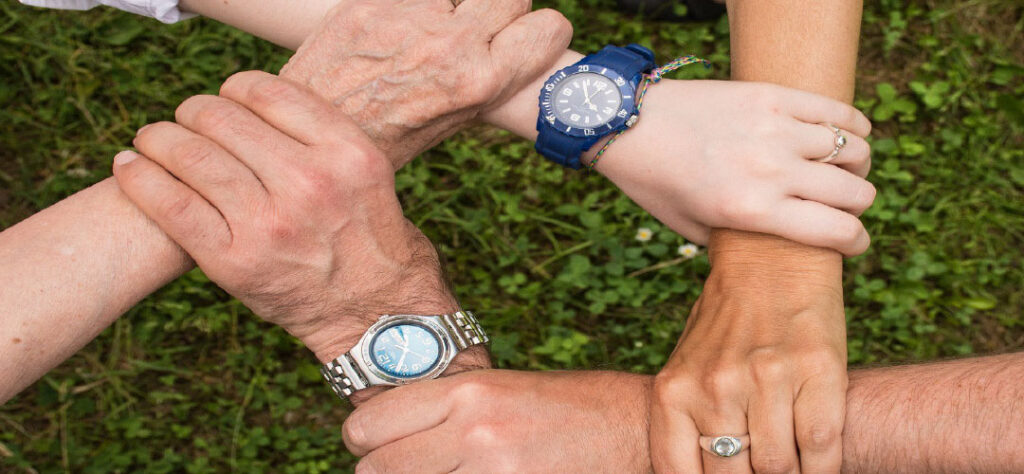
Often mentioned in relation to health and mental care, a client-centered approach has an “emphasis on a client’s autonomy and right to choose goals and/or interventions based on his or her identified needs for services.”
This is an approach that is also best used by social service providers assisting people struggling with various issues in their lives.
It is critical to meet clients where they are, give them what they need, and not make them jump through a bunch of hoops to get it.
And that is our driving philosophy when helping the community and guests of the Eloise’s Cooking Pot Food Bank. It’s why we believe in being completely client centered.
Many of the people we serve are down on their luck and in place where just a little bit of help can make all the difference. For others, they have faced long-term generational issues with poverty and lack that are near impossible to break out of. Some face environmental challenges while others have inner struggles that add to the barriers they face as they strive for self-sufficiency.
Also, there continues to be a great stigma around asking for and receiving help, and most of the people in such a position don’t want to be there. Seeking out help can be pride-shaking and a real dent to one’s ego and self-esteem.
Regardless of circumstances, clients come to us for healthy food, but what they need, how much they need, and how we provide it to them can vary greatly. And we understand that our services need to be individualized and flexible to meet these differences.
So, what does a client-centered approach look like?
A client-centered approach is where the person is placed at the center of the service and treated as a person first, not judged by their problems or circumstances. The focus is on the person as well as on how they can be involved in making decisions and what they can do to have some control over improving their own lives.
It’s about support, not telling someone how they must live their life.
For us at the food bank, it’s about:
- Taking into account each individual person’s or family’s needs and set of circumstances and to remove barriers and supply services that match them. It’s not a cookie-cutter approach, as not everyone is going to need the same amount of food, not everyone is going to need delivery services, and not everyone is going to want the same food items.
- Working with our guests to learn about other ways we can help them balance their needs. Whether this is referring them to other social programs, job training and employment services, connecting them to housing providers, etc., to move them closer to greater stability.
- Allowing guest input in the help and services being received. Guests can offer suggestions on food items and actually request food they like and will eat. What good does it to do provide a family with a box of items that will end up in the trash and not nourish the people who receive it? Attempting to force people to eat food they don’t like – or in some cases can’t eat – just because they can’t afford food on their own is demeaning and controlling. It’s also a practice we don’t believe in.
- Empathizing with the people asking for help with an understanding that many are in the position they are in due to events outside of their control. If the pandemic taught us nothing, it taught us how unpredictable life can be. Many guests of the food bank were able to meet their basic needs just fine until COVID-19 hit and there is no shame in their need for help. Regardless of why someone comes to us for help, we work to remove any embarrassment and stigma guests may feel when they reach out, knowing it could happen to any one of us.
Making A Difference Foundation always strives to treat everyone in a compassionate and dignified way and this attitude is the foundation of all our services to the community. We believe in working as a team with those we serve.

